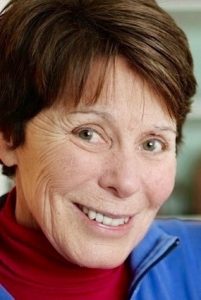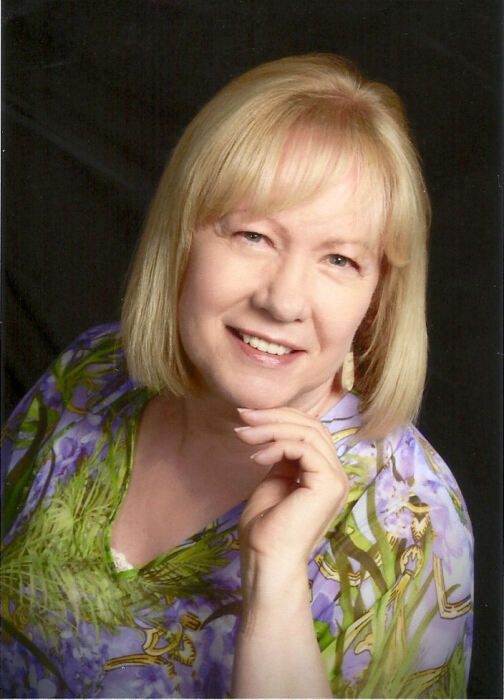Prepared by the Russell Family
Amy Hope Russell passed away peacefully Jan. 29, in the comfort of her own home, embraced in the arms of her loving family. She was born 96 years ago, July 19, 1927, on Maiden Lane, Port Jefferson. She had a great love of music, played guitar, piano, keyboard and viola. She played piano for the First United Methodist Church of Port Jefferson.
Amy loved animals, sewing, camping, cooking, gardening and birdwatching. During World War II she took the bus out to Camp Upton to dance with the soldiers and help with their entertainment. She traveled with her husband to Hawaii while he served in the U.S. Navy and she worked in the base offices, where she learned to drive a double clutch.
Amy is predeceased by her husband, Hon. Woodrow Russell USN Ret., sisters Florence Kennedy, Ruth Lucas, Evelyn Lucas, a brother Joseph B. Lucas Jr. and her parents, Joseph B. Lucas Sr. and Maude E. Lucas.
Amy is survived by her five children Darryl B. Russell, Nancy C. Rose, Kathleen L. Cash, Harry W. Russell and Carol A. Russell, eight grandchildren and eight great-grandchildren.
A celebration of life for Amy Hope Russell will be held on Tuesday, April 16, at the First United Methodist Church, 603 Main St., Port Jefferson, with the services as follows:
10 to 11 a.m.: Pastor Chuck Van Houten officiating.
11 a.m. to 12 noon: Light luncheon/refreshments served on site.
12:30 to 1 p.m.: Interment at Cedar Hill Cemetery, Port Jefferson.
2 to 2:30 p.m.: Full military service at Calverton National Cemetery, Calverton.














